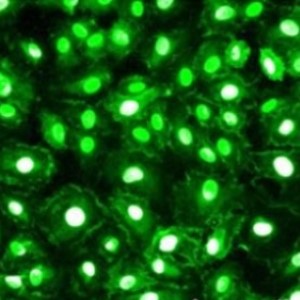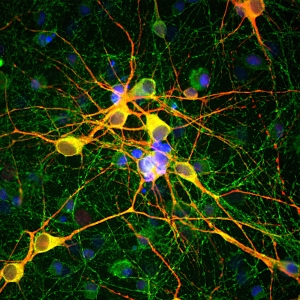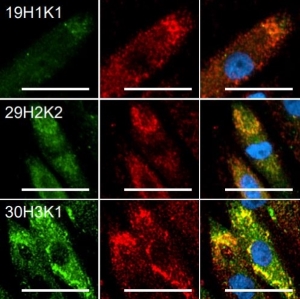Sorry about that! The page you were looking for may have been moved or the address may be misspelled. If you need help tracking something down, then please don't hesitate to send us a note using the form below and we'll do our best to help you find what you need.


Blog Posts




